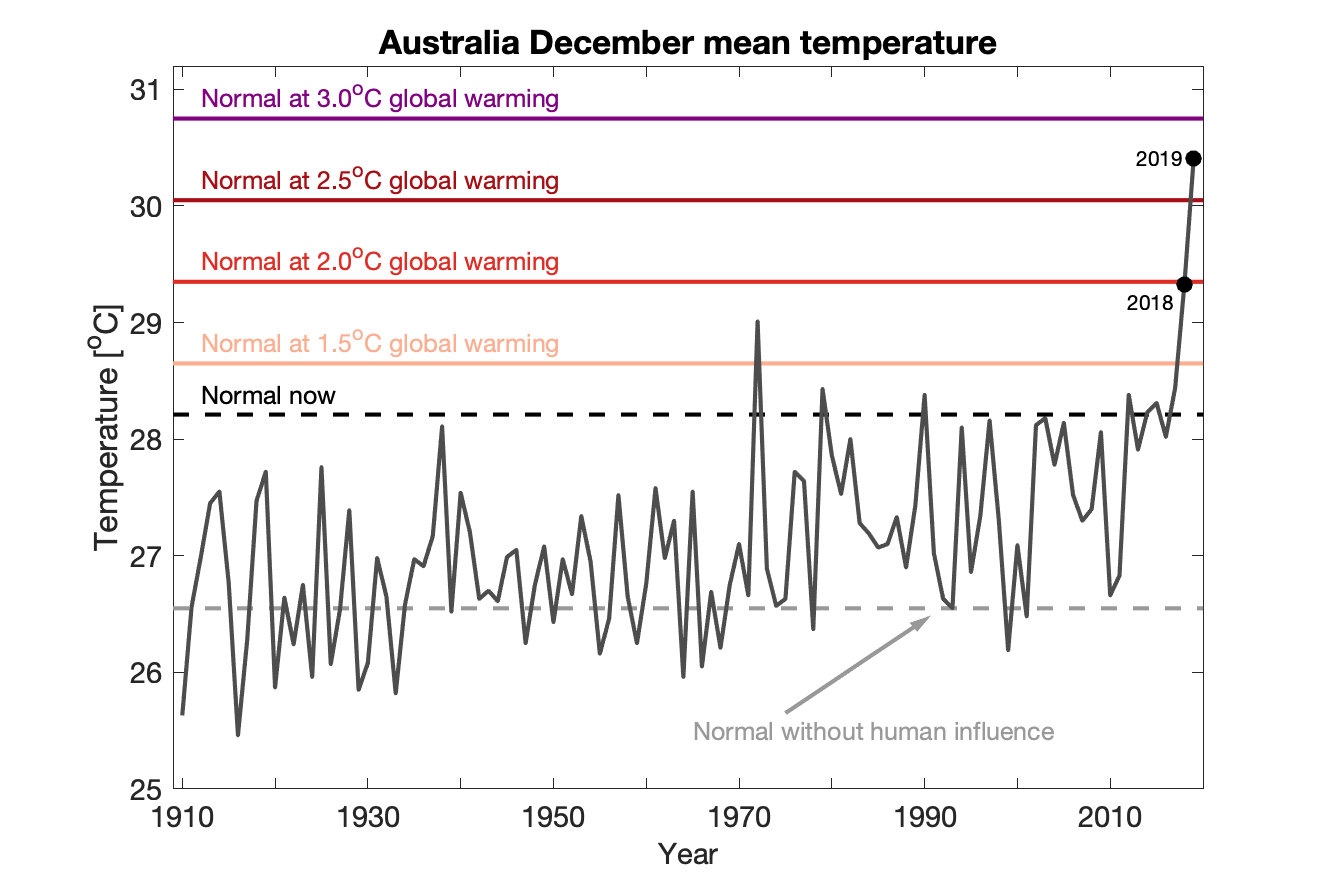This blog post is a short summary of key points that are of current relevance to society from the physical science of climate change. It is based on the headline statements of a report published in 2021 by the Intergovernmental Panel on Climate Change (IPCC). The IPCC is a United Nations body responsible for providing impartial assessments of climate science. Its reports inform international negotiations on tackling climate change.
Written by Jonathan Gregory, Matt Palmer and Ed Hawkins
Continue reading Climate Change 2021 – the physical science basis
